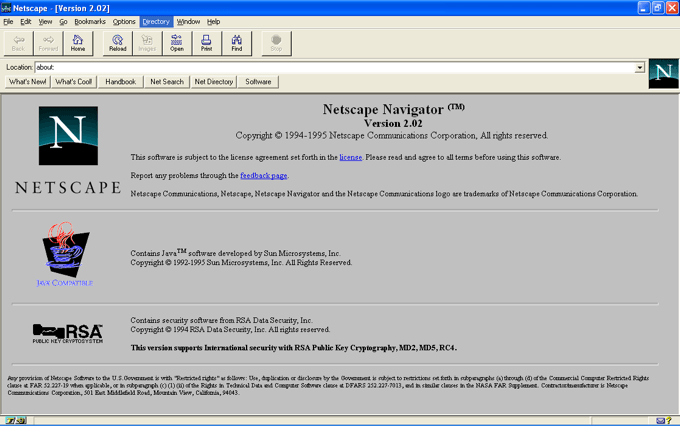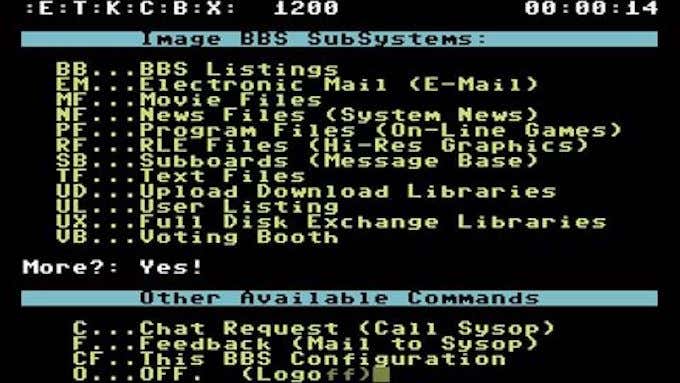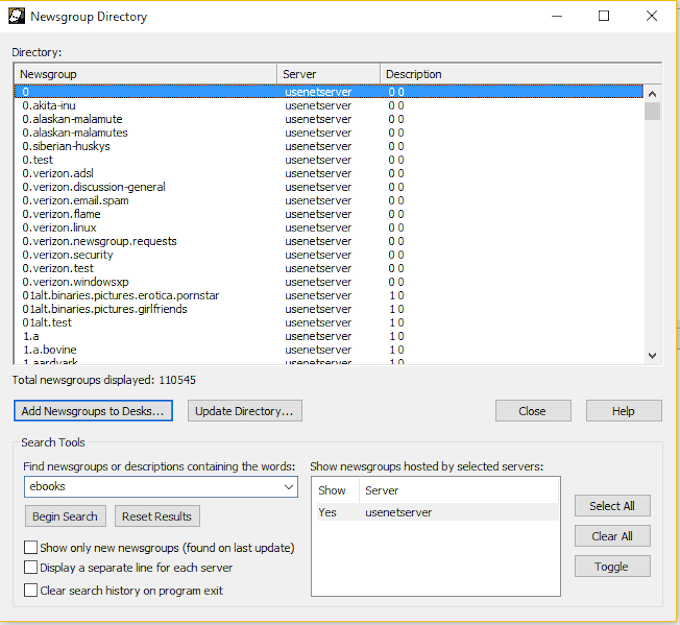But this creation came from humble origins, and the first web browsers looked nothing like Chrome or Firefox Quantum. If you’ve ever wondered what the first internet browser looked like, you’re in for a surprise.
The WorldWideWeb
The World Wide Web Consortium, or W3C, is a familiar organization to those with experience in web design and development. After all, the W3C is the organization that sets the standards for what a “proper” web browsing experience should be. The founder of the organization, Tim Berners-Lee, is also responsible for creating the first internet browser. In 1990, Berners-Lee launched The WorldWideWeb, the first (and at the time, only) web browser in existence. It was also the first WYSIWYG (What You See Is What You Get, pronounced Wizziwig) HTML editor. The WorldWideWeb did not keep its name for long and changed to Nexus shortly after launch to prevent confusion between the browser and the World Wide Web, or the internet. The WorldWideWeb browser was modeled after the NeXTSTEP operating system. It lacked any of the simplification and user-friendly shortcuts users are familiar with today. In fact, its interface was almost arcane. There aren’t a lot of screenshots of the browser available, and those that can be found are tough to decipher. Just take a look at the one below. It looks more like a word document than a web browser, but the grandparents of modern-day elements can be found if you look closely. For example, take a look at the “Links” window. “Mark All” is set as “A,” similar to how the shortcut for “Select All” today is also “A.” “Unlink” is set to “Z,” similar to how the modern-day “Undo” function is “CTRL+Z.” At the top of the window, you can also see “Previous” and “Next” in the Navigation pane, setting the groundwork for “Forward” and “Back” functions seen in modern web browsers. The WorldWideWeb could display basic style sheets and could download any MIME (Multipurpose Internet Mail Extension) file type supported by the NeXT system. Only later did the WorldWideWeb browser get the ability to display images. By that time other browsers had arrived that built on the same original formula. The first browser many people remember is Netscape Navigator in 1994, with the famous (or infamous, depending on how you look at it) Internet Explorer debuting in 1995. Of course, WorldWideWeb was the first internet browser, but not the first way people accessed the web. For that, we have to look at BBS (bulletin board systems) and Usenet.
BBS
The early BBS were precursors to modern forums. Users could post requests, search for specific types of content, and interact with one another almost in real-time. As the BBS grew, some users were able to create chatrooms. Of course, early BBS were used mostly by computer enthusiasts, so the conversations took a more technical turn—the average person did not have much use for a BBS system in those early days. Like the modern internet, there were darker sides to BBS, too. Some BBS were dedicated to cracked software and phreaking—in other words, stolen content. Although many BBS inspected uploaded files to make sure no copyright laws were being violated. Users created dedicated areas akin to the modern Dark Web to share stolen content without interference.
Usenet
The name Usenet derives from “users network.” Usenet servers were more widely available and accessible than BBS systems thanks to an easier-to-use interface. Users could upload posts to specific groups called newsgroups. It was an early form of internet organization. For a similar modern example, look to Reddit and its subreddits. Usenet servers still exist long beyond the origin of the first internet browsers. In fact, they’re more active today than ever before because they provide a more secure and private way of communicating than most social media networks. The internet came from humble origins, but no one can deny its influence today. Do the early days of the internet make a bit more sense now? What would you like to know more about? Let us know in the comments below.



